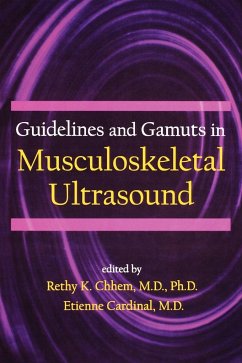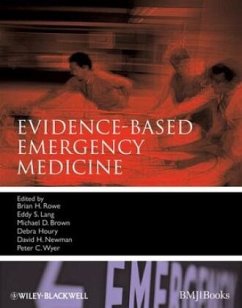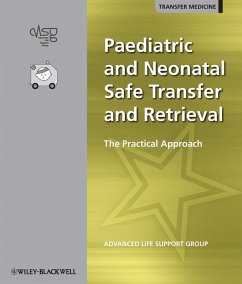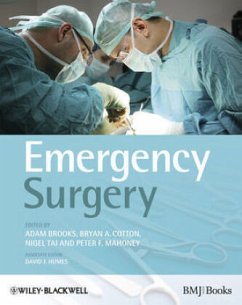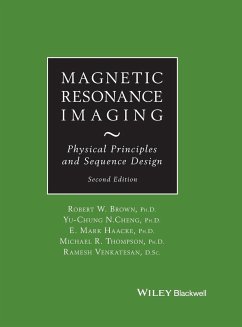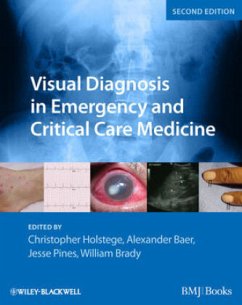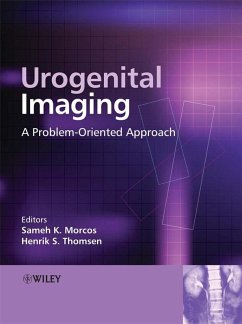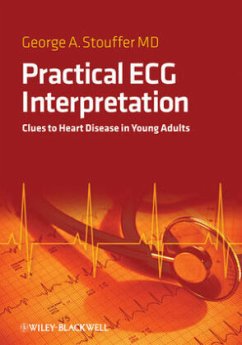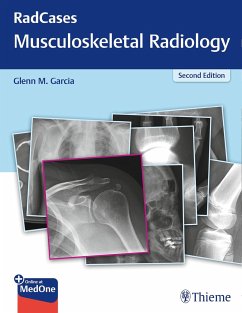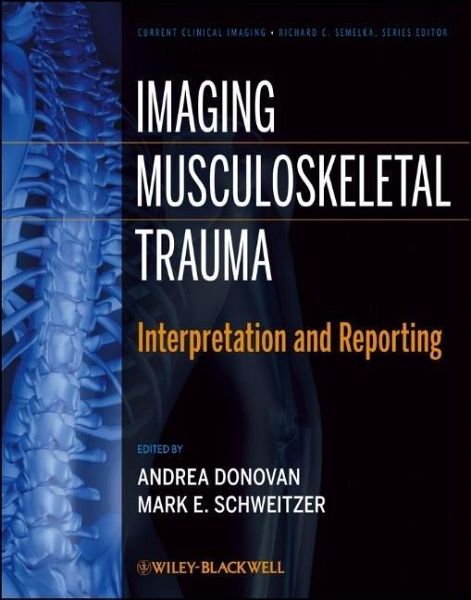
Imaging Musculoskeletal Trauma
Interpretation and Reporting
Ed.: Donovan, Andrea; Schweitzer, Mark E.
Versandkostenfrei!
Versandfertig in über 4 Wochen
164,99 €
inkl. MwSt.
Weitere Ausgaben:

PAYBACK Punkte
82 °P sammeln!
Offers a well-designed approach to imaging musculoskeletal traumaMedical imaging plays an important role in identifying fractures and helping the patient return to regular activities as soon as possible. But in order to identify the fracture, and describe all the relevant associated injuries, the radiologist first needs to understand normal anatomy and the mechanisms of fractures. Imaging Musculoskeletal Trauma reviews common fracture and dislocation mechanisms and provides up-to-date guidelines on the use and interpretation of imaging tests.Designed for use by professionals in radiology, orth...
Offers a well-designed approach to imaging musculoskeletal trauma
Medical imaging plays an important role in identifying fractures and helping the patient return to regular activities as soon as possible. But in order to identify the fracture, and describe all the relevant associated injuries, the radiologist first needs to understand normal anatomy and the mechanisms of fractures. Imaging Musculoskeletal Trauma reviews common fracture and dislocation mechanisms and provides up-to-date guidelines on the use and interpretation of imaging tests.
Designed for use by professionals in radiology, orthopedics, emergency medicine, and sports medicine, this book offers a concise, systematic approach to imaging musculoskeletal trauma. Replete with easily accessible information, including well-designed tables and lists, the book features radiology report checklists for each anatomic site, numerous radiographs and CT and MRI images, simple illustrations for common fracture classification schemes, examples of common and serious injuries in the musculoskeletal system, and a chapter devoted to fracture complications-including complications relating to the use of hardware in treating injuries.
This well-designed guide teaches professional and student users to:
Identify normal anatomy relevant to interpretation in musculoskeletal studies
Describe common fracture and dislocation mechanisms
Describe fractures using appropriate terminology
Recommend appropriate imaging studies for various clinical situations
Use a systematic approach to interpret imaging studies
Provide a clear and relevant radiology report
Recognize complications associated with fractures and fracture treatment
Complete with on-call issues, common traumas, and specially highlighted "do-not-miss" fractures, this is an invaluable resource for everyone involved with the imaging of musculoskeletal trauma.
Medical imaging plays an important role in identifying fractures and helping the patient return to regular activities as soon as possible. But in order to identify the fracture, and describe all the relevant associated injuries, the radiologist first needs to understand normal anatomy and the mechanisms of fractures. Imaging Musculoskeletal Trauma reviews common fracture and dislocation mechanisms and provides up-to-date guidelines on the use and interpretation of imaging tests.
Designed for use by professionals in radiology, orthopedics, emergency medicine, and sports medicine, this book offers a concise, systematic approach to imaging musculoskeletal trauma. Replete with easily accessible information, including well-designed tables and lists, the book features radiology report checklists for each anatomic site, numerous radiographs and CT and MRI images, simple illustrations for common fracture classification schemes, examples of common and serious injuries in the musculoskeletal system, and a chapter devoted to fracture complications-including complications relating to the use of hardware in treating injuries.
This well-designed guide teaches professional and student users to:
Identify normal anatomy relevant to interpretation in musculoskeletal studies
Describe common fracture and dislocation mechanisms
Describe fractures using appropriate terminology
Recommend appropriate imaging studies for various clinical situations
Use a systematic approach to interpret imaging studies
Provide a clear and relevant radiology report
Recognize complications associated with fractures and fracture treatment
Complete with on-call issues, common traumas, and specially highlighted "do-not-miss" fractures, this is an invaluable resource for everyone involved with the imaging of musculoskeletal trauma.



